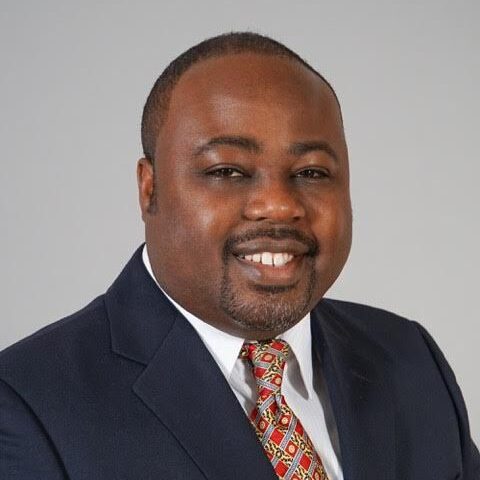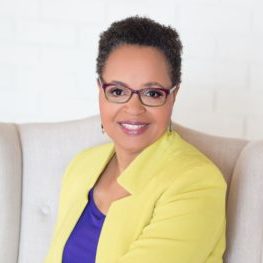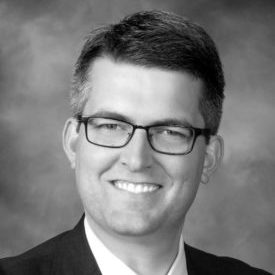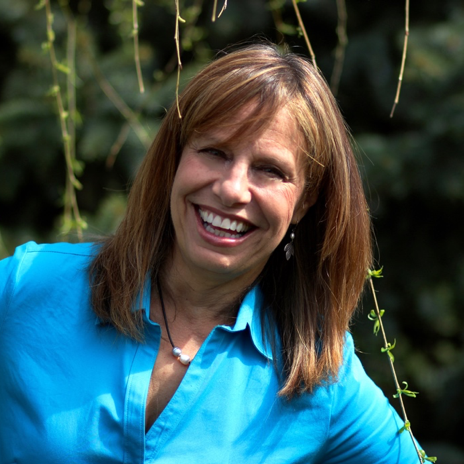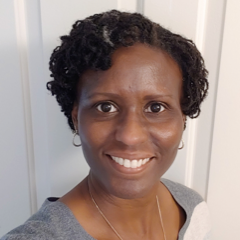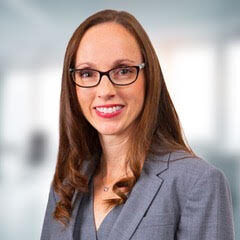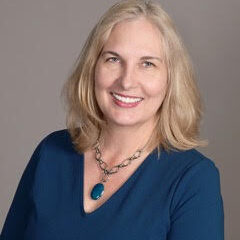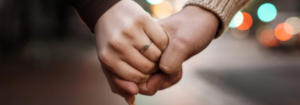We face a lot of different fears as physicians. There’s the fear of doing that first IV, of having to give bad news, of making a mistake. And for some, the fear of being at the white coat crossroads. Regardless of the origin of the fear, there are ways we can learn to cope better with the things that scare us.
I have a wonderful guest blog post to share with you by Dr. Caroline Lee about how she faced her own fear of roller coasters when she was a medical student.
Enjoy this creative piece and find out what she discovers about facing fear as she spends an entire day riding roller coasters – 12 to be precise!
Easing into Your Fear is All You Need
“Fear can overcome us. Fear can paralyze us.
And for all that fear does, we are not taught how to face it.
I am afraid of roller coasters—always have been. My significant other found out about this and immediately chimed, “Then, we need to go to King’s Island (the local amusement park)!”
A rock of dread soured in my stomach. Riding roller coasters routinely makes it on my fear list. But since we were both in medical school, I welcomed the escape from the grind, and so, against my better judgment, off we went.
We rode twelve roller coasters that day. Each more terrifying than the next.
You would think that I would have yelled, “No more!” or “Stop!” and ended the debacle, but my training kicked in and my brain taunted me: “Don’t be a coward!” and “Suck it up!”
Somewhere, by roller coaster four or five, I noticed a small change. I believe this change was more accidental than intentional.
For all my life, I braced before the drop, clenched my body tight, gripped the metal bar locking me in place until my knuckles turned white. Fear contorted my body into weird, fetal-like positions. No matter how scary or benign the ride, I always kept my eyes closed.
We had reached mid-day by roller coaster four or five, and I remember relaxing, just a bit, into the seat. Likely more from muscular fatigue since the park was not crowded, so we could jump from ride to ride. I probably did not have any more energy left to be so guarded, tense and fearful.
I gave up on being so afraid of my fear. And relaxed my body.
Just a little bit of relaxation and ease was enough to make the ride more…palatable. Although an accidental discovery, I found the sensation of free fall more tolerable with my bottom and back connected to a metal seat.
Before, in the fetal position, while I thought I had been protecting myself, my resistance against the sensation of free fall and my uncomfortable positioning heightened all sensations. By stiffening up, I would then fight tension all the way, down the hill, and upside down until the ride ended.
During roller coasters five through eleven, I tried to incrementally achieve more relaxation and easing. I did not get there fully, but I was able to decrease the latency between the initial drop and my body relaxing.
With each ride, I tested relaxing more parts of my body. Like progressive muscle relaxation. By roller coaster nine, I even opened my eyes to better time relaxing my body after the drop.
Once I learned to relax and ease into the sensation of free fall, I realized that the only jarring moment occurred after the initial drop when the roller coaster would start to go downhill, the car would pick up speed, and the sensation of free fall would start to build.
With tension, this sensation will amplify but with relaxation, the sensation will settle.
Funny enough (and this is what most people enjoy about roller coasters), the sensation converts into a weightlessness that can feel great but is also unsettling if you have never felt it before.
For those who desire to experience weightlessness, a roller coaster is likely the cheapest way to do it. Space travel for regular consumers is not yet available.
For me, weightlessness generated fear because it is not a feeling I had ever felt.
Unfamiliarity created fear, but tension and my resistance to this sensation only magnified the experience.
My tension and resistance also likely magnified my fear.
But the moment I relaxed my body, eased into the sensation, and I allowed my fear to settle, I could face it and see that—waiting for me on the other side—was the experience of weightlessness.
In a relaxed body, fear surges through and ends on the metal seat. Until I eased into the sensation, I never experienced the weightlessness, the best part of the roller coaster experience.
Now I see: fear has limits too, and my body can be free to experience something I would eventually feel and embrace as unique—if I let myself ease into it.
By roller coaster twelve, I am proud to say that I put my hands up in the air, on the way down. Not much in a gesture of glee but mostly because I discovered that quickly outstretching one’s arms in a free fall creates instant relaxation. And a better experience.
Today, if you ask me, “Are you afraid of roller coasters?” I would still say, “Yes.” But then, if you ask me to ride with you, I would also say, “Yes.”
Fear can overcome me. Fear can paralyze me.
But now, I can face fear by easing into it.”
Dr. Caroline Lee is a board-certified internal medicine physician in Cincinnati, Ohio.
A heartfelt Thank you to Dr. Lee for her great blog post.
Latest Posts
Find what you're looking for:
Popular Categories:
Career Change | Career Enhancement | Job Search | Personal Development

